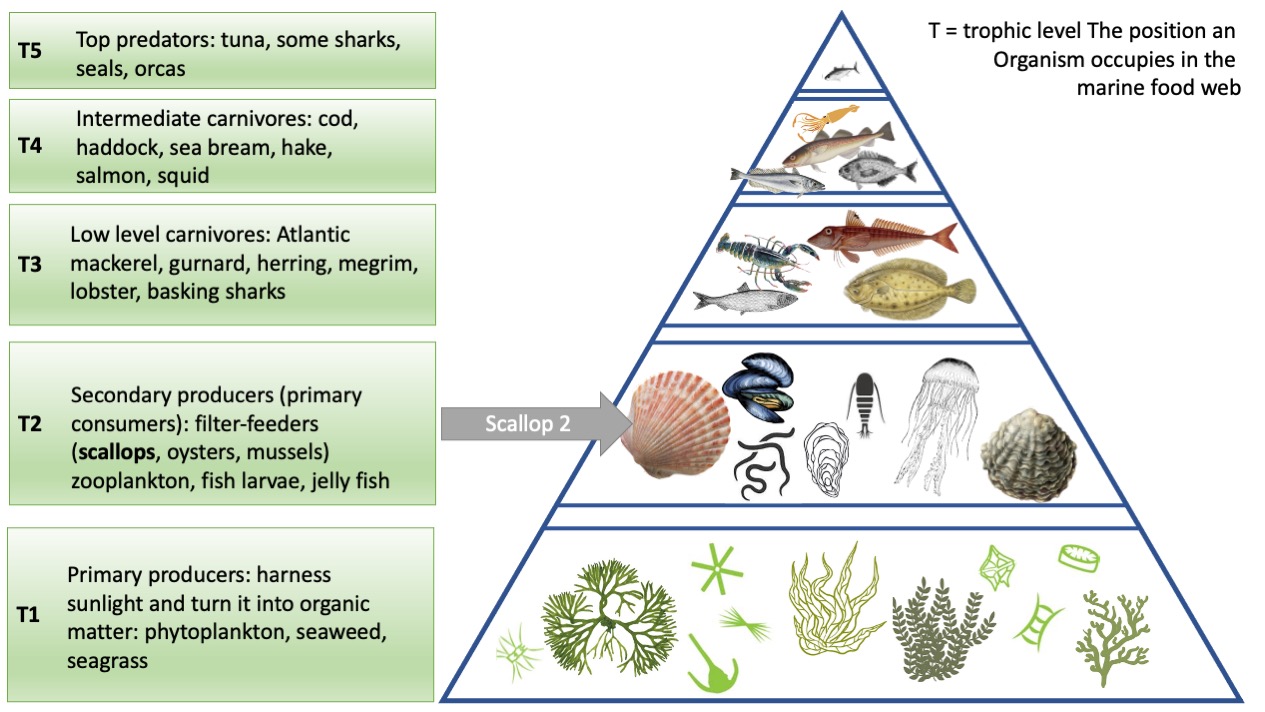Sustainability of Scallops in Ireland
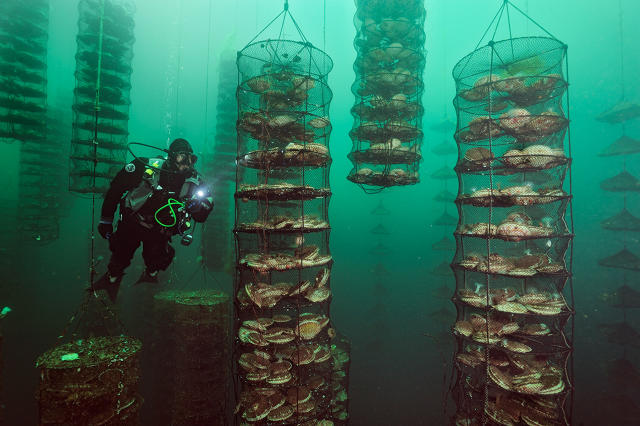
- Sustainability rating: 2-5
- Recommended minimum size: 10cm
- Season: avoid mid-April - mid-September
- Best: January - March and October-December
- Fishing method: dredge, hand-dived
Scallops are most commonly harvested using scallop dredges or bottom trawls which damage the seafloor. In the last decade or so, scallops harvested by divers, hand-caught on the ocean floor, have entered the marketplace, providing a premium product, fantastic sustainability of the fishery as it has no impact on the surrounding environment and top quality shellfish for consumers. But there are great challenges with selling these hand-dived scallops live and in their shell like it is done with oysters. This has to do with EU regulations on food safety which govern the acceptable level of certain toxins in filter feeders. These regulations concern the whole scallop, including the guts, where most of the toxins reside, making it difficult for hand-dived scallops to pass the test without being shucked.
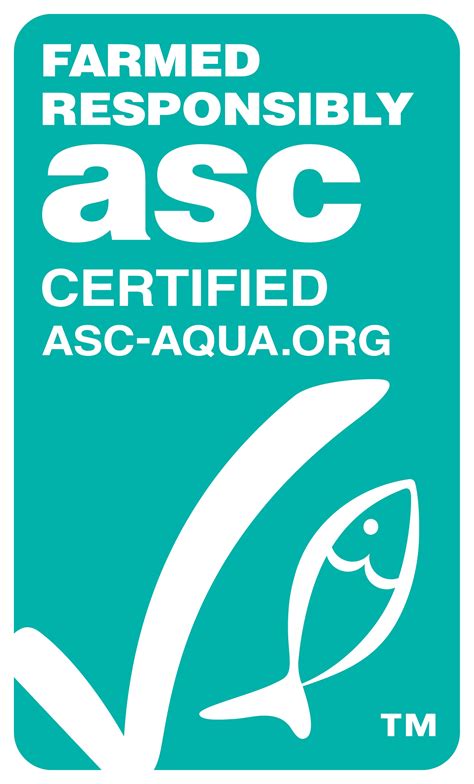
However, dived-caught scallop meat is available without the shell and it is a matter of asking your local fishmonger to identify them. If no dive-caught scallops can be had, go for dredge-caught scallops from aquacultures (UK) or those marked with the MSC or ASC label. Try to avoid wild scallops harvested by dredge, they are the most unsustainable choice.
Scallop culture is entirely sea-based. Habitat concerns resulting from the physical infrastructure associated with suspended scallop culture is minimal. For bottom culture methods, dredging has the potential to have significant habitat impacts. However, tows for farmed scallops are generally much shorter than for wild-caught and farming takes place in the shallow coastal areas which are believed to recover from major disturbances within a few weeks or months.
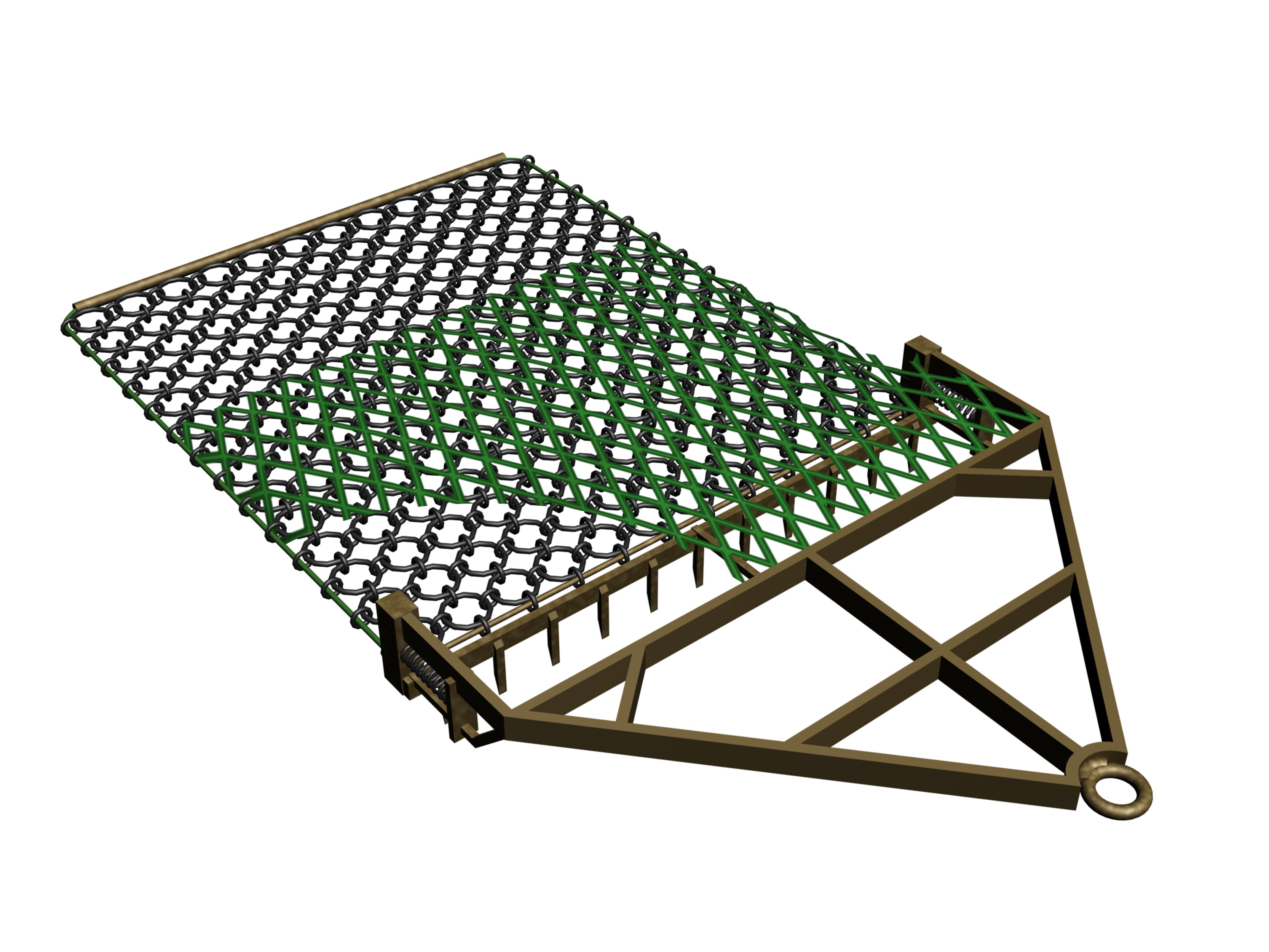
Scallop fishery management in Irish waters
There is currently no international assessment for offshore scallop stocks fished by Irish, UK and French fleets. Catch rate indicators have been developed for the Irish fleet in the Celtic Sea, Irish Sea and English Channel. Some inshore stocks are assessed by survey, and more recently the Celtic Sea and South Irish Sea stocks have been surveyed for biomass estimates while effort distribution across stocks varies annually.
The scallop stock in the Celtic Sea is the most important to the Irish scallop fishery fleet.
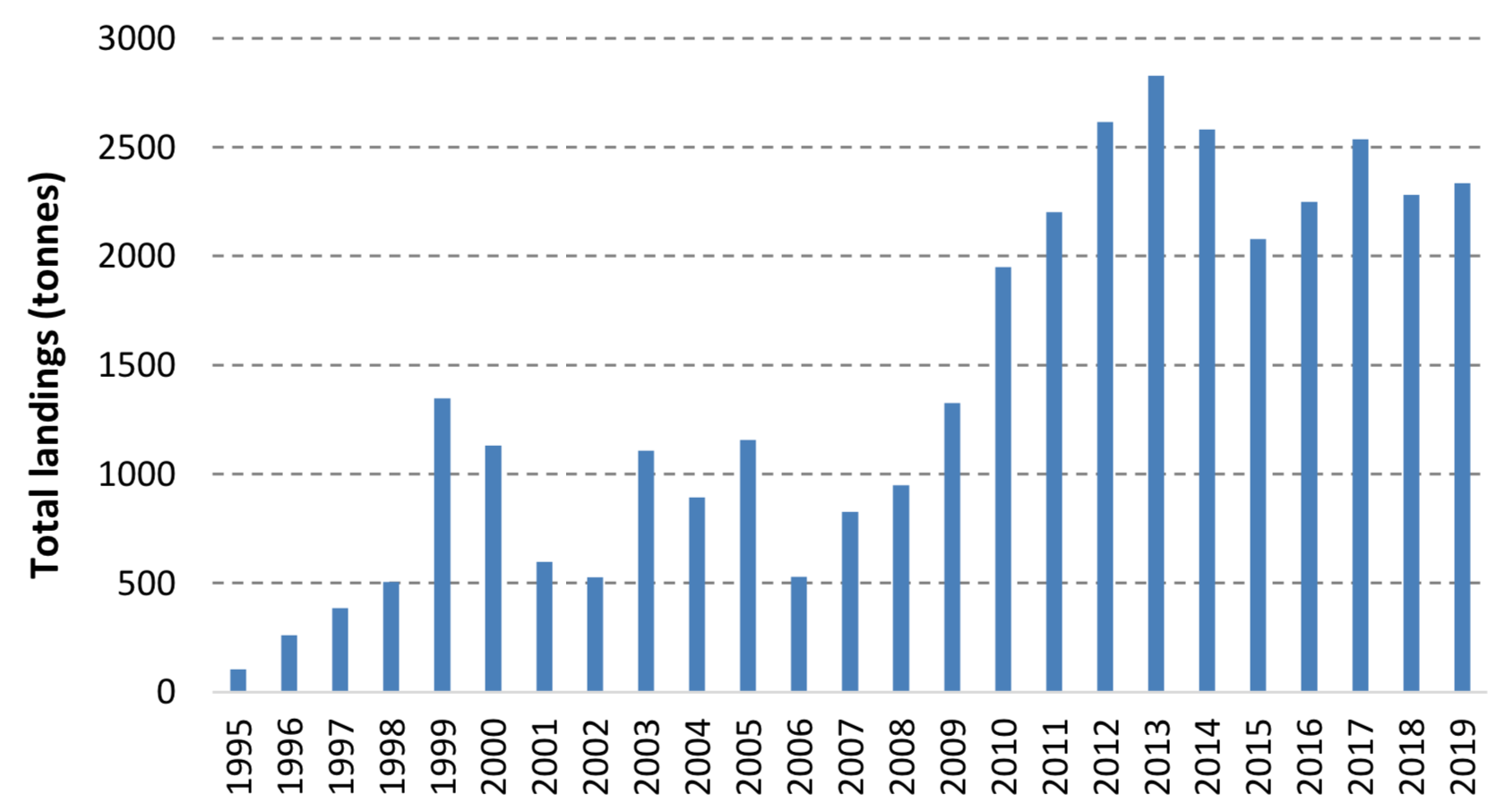
Red gurnard is mainly caught as bycatch by demersal trawlers in mixed fisheries. Most landings are by France, with some by Belgium, the Netherlands and the UK.
Because of its low market value, gurnard hasn’t traditionally been a commercially targeted fish: it would have been taken as by-catch by trawlermen and often discard. This has changed since chefs since Rick Stein have sung its praises, it has become more popular and the price has crept up, leading to fears that it could suffer from overfishing – particularly since it’s a non-quota fish, which means that fishermen can land as much as they like.
Still: it is very much an under-utilised fish and therefore we decided to promote it in one of our recipes. One of the project’s aims is to highlight alternative fish to cod and salmon that are very tasty and that occur in our local waters. When eaten moderately and with awareness red gurnard is a good and sustainable choice.
The image below shows the fishing method commonly used to harvest scallops. Scallop dredges negatively impact the seafloor, especially multiple dredges are bad for the seafloor environment and are considered unsustainable.
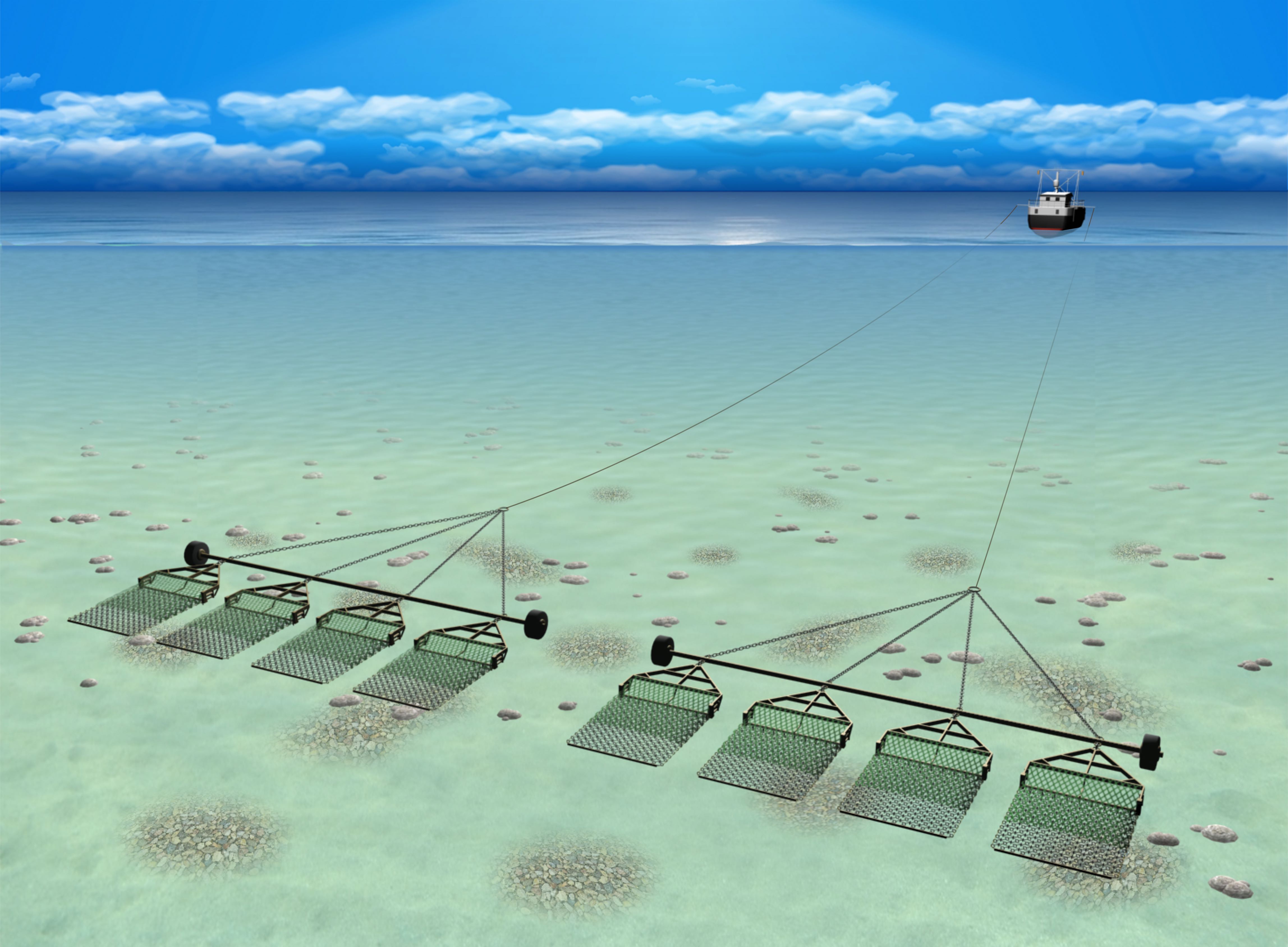
Scallops in the Marine Food Pyramid
